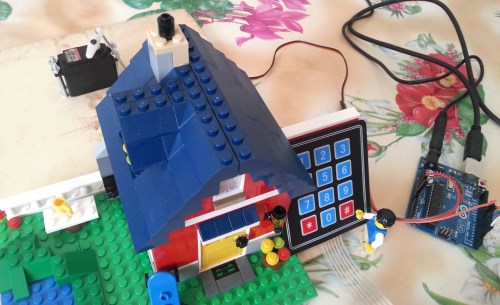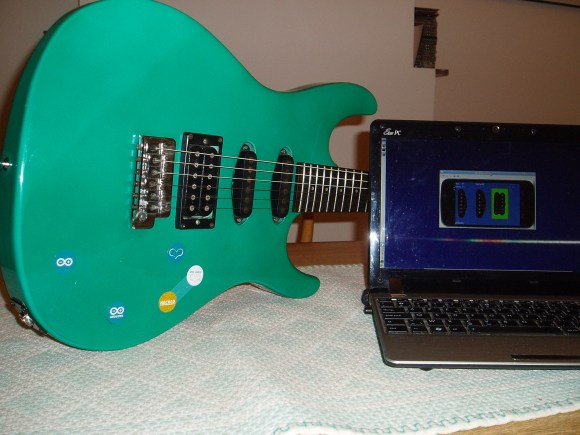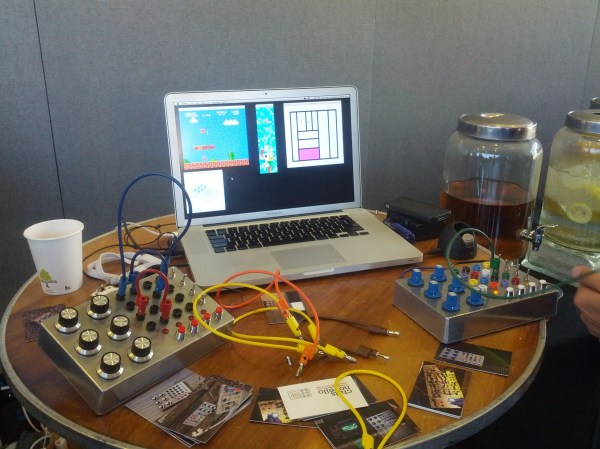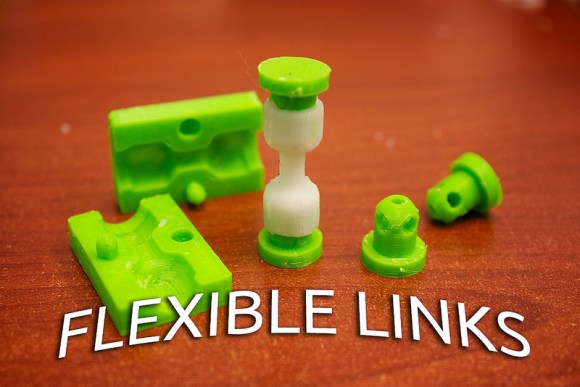Google Authenticator is an app that generates one time passwords (OTPs). These passwords are often used as a second factor of authentication, along with your normal password. OTPs work by having a shared secret and a synchronized clock on two devices. When you generate the password, a hash based on the secret and timestamp is created. This proves that you have access to the secret, and can only be used once.
To secure his Lego mini-figures, [Luca] built an authentication system using Google Authenticator and Arduino. A web app is used to generate a secret that can be configured into the Arduino using an array, and into Google Authenticator using a QR code. The Arduino is using a library that implements Time-based One Time Password authentication (TOTP).
There are some challenges, including keeping a good clock source on the Arduino, but this look like an interesting way to do authentication. After the break, watch a quick video overview of the project (for English captions, hit the CC button).
Continue reading “Using Google Authenticator With An Arduino”

















